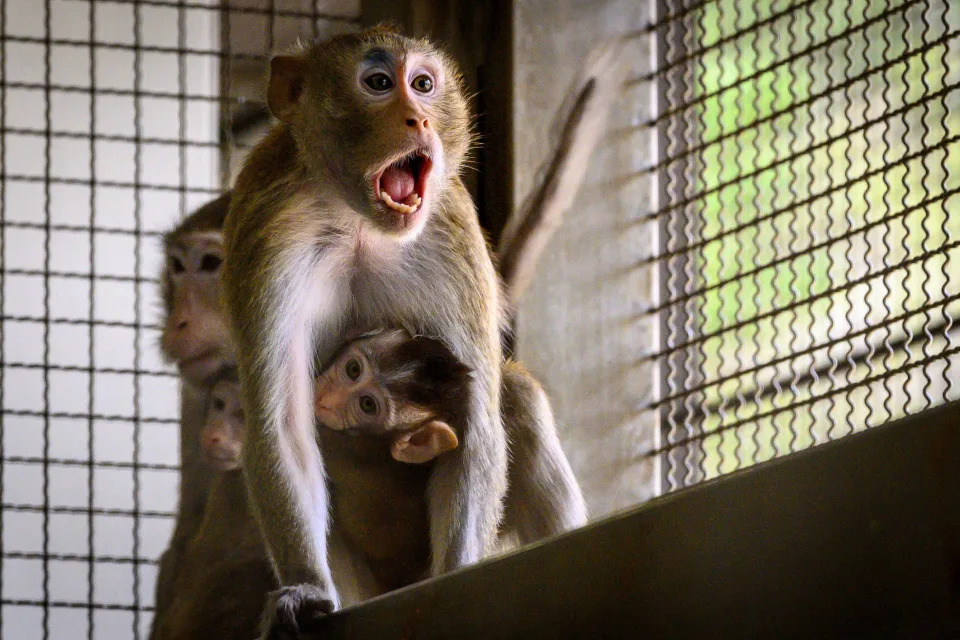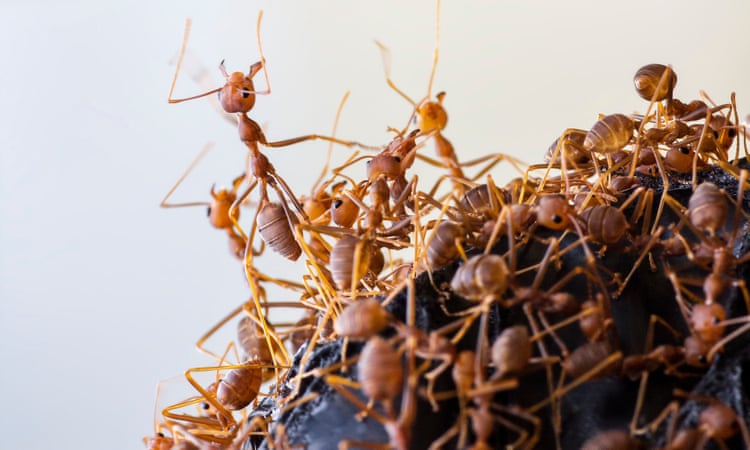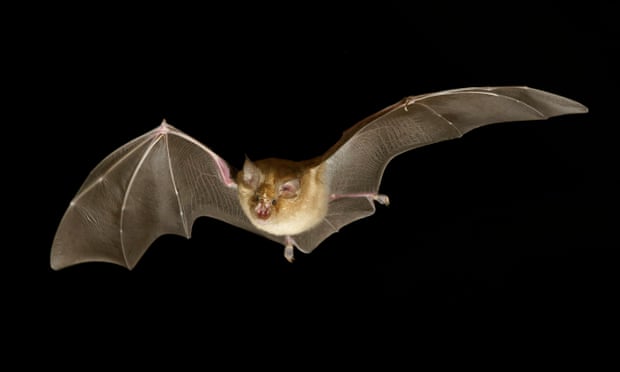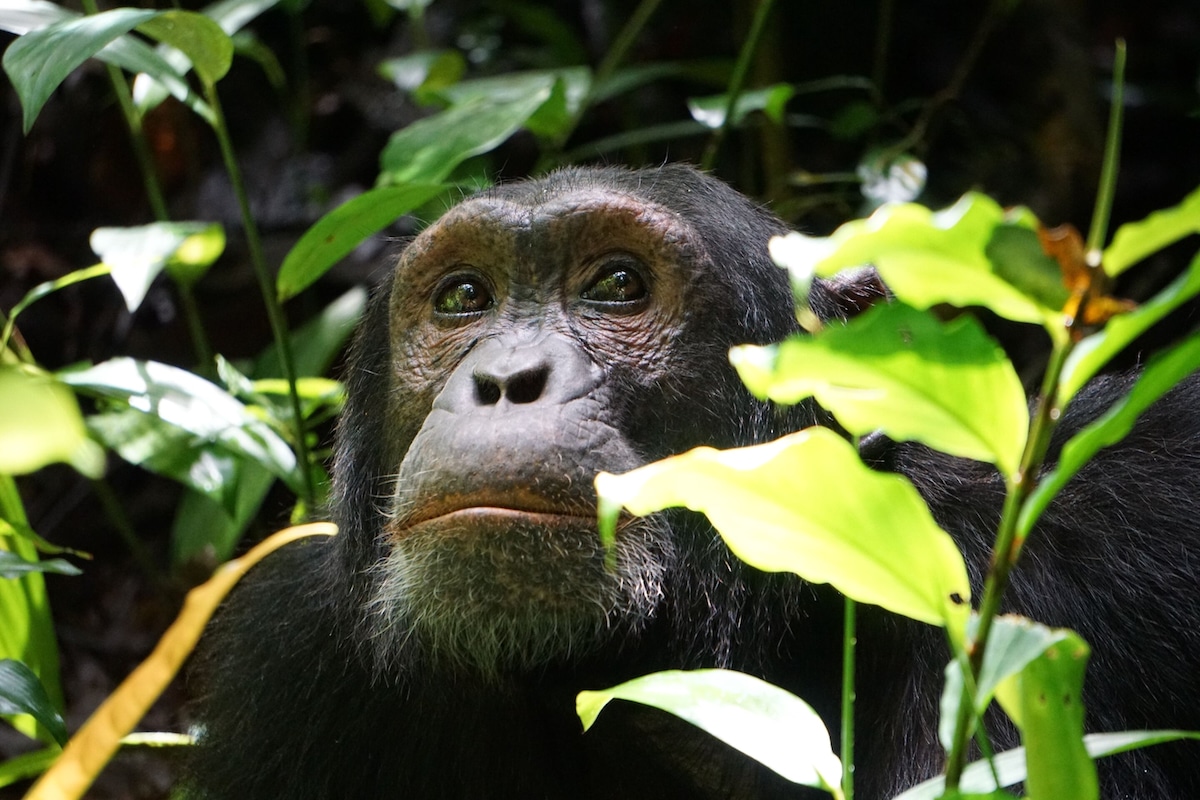The remarkable partnership between East Africa’s whistling thorn trees and their resident ants is well known, but now a new study brings to light the trees’ relationship with birds.
Acacia ants will swarm over branches and bite elephants or giraffes who try to eat the leaves of the whistling thorn (Acacia drepanolobium). As an incentive for this service, the tree provides the ants with food and shelter: nectar droplets that ooze from leaf glands, and a home inside the small hollow swellings at the base of some of the trees’ thorns (the trees get their name from the sound of wind passing through holes in these swellings).
The new study, published in Biotropica, reveals how superb starlings (Lamprotornis superbus), gray-headed sparrows (Passer griseus) and gray-capped social-weaver birds (Pseudonigrita arnaudi) in whistling-thorn savannas also get help from acacia ants. Researchers studying whistling thorns in Kenya’s Mpala Research Centre and Conservancy found the birds chose to nest almost exclusively in trees occupied by the two most aggressive species of ants: Crematogaster mimosae and Crematogaster nigriceps.

They found these nests by conducting searches within grassy glades in Mpala’s whistling-thorn savanna. True to their name, social-weavers had built their ball-shaped nests in the same tree; superb starlings and gray-headed sparrows were found to have built one nest per tree, and although their nests were a similar shape, they could be told apart by the different-sized entrance holes.
The study showed that out of 60 nests built by the starlings, sparrows, weavers and two unknown species, only one was built in a whistling thorn tree occupied by a less aggressive species of acacia ant, C. sjostedti.
Thanks to the acacia ants, the birds and their young receive protection against predators like snakes and tree-climbing predatory mammals, including spotted genets (Genetta genetta) and slender mongooses (Herpestes sanguineus).
Wilson Nderitu, a co-author of the study who has researched birds at Mpala in Kenya’s central Laikipia county for 22 years, has witnessed this firsthand.
If mongooses or genets attempt to raid birds’ nests, the parent birds mob the attackers, the trees shake, and the ants are alerted.
“That will be very helpful for the birds, because then it’s going to make the ants also join in the fight, and fight whatever is coming to the trees,” Nderitu says.
He and others can personally testify to the effectiveness of ant bites in repelling intruders.
“It’s painful, you cannot tolerate them or just sit and wait for them to bite you [or] climb on you,” Nderitu says. “It’s not comfortable.”
Even locusts that land on the trees to feed on the leaves will be driven off by the ants. The birds, however, are never harmed, Nderitu says. “It’s a good relationship and I think it’s more advantageous to the birds.”

The ants provide other benefits to birds beyond this frontline defense. C. nigriceps in particular is a “tree architect,” pruning the buds of the whistling thorns it occupies to prevent the branches from extending near the crowns of neighboring trees and allowing ants from rival colonies to cross over.
The pruning results in denser leaf cover that likely gives greater protection to the birds’ nests against predators, the researchers say.
“It is really fascinating to think about how the ant-alteration of canopy connectivity may impact not only ant communities, but communities of other insects, reptiles, carnivores, and even nesting birds,” says Stacy Philpott, a professor of environmental studies at the University of California, Santa Cruz.
Philpott, who was not part of the Kenyan study, has studied ant-bird interactions in Mexico. She says the findings from Kenya are surprising, given that ants do restrict bird foraging in other ecosystems through direct attacks, or by limiting the prey availability for birds in tree canopies.
“But it is not surprising if ants indeed are deterring other carnivores that prey on bird adults or nestlings,” she says.
Philpott says she wonders if the ants could be collecting seeds or insect body parts from bird droppings, or insect or fruit remains from birds’ nests.
Jesse Alston, a quantitative ecologist at the University of Arizona and the corresponding author of the new study, says that while he doubts the ants benefit from having the birds in their trees, he’s learned to never say never when speaking about ecological systems.
“Over the very long term, there could be some benefit from nutrient concentration around the tree from birds defecating below the nest,” Alston says, “but I don’t think we know enough about whether birds are nesting in the same exact trees every year.”

In Mpala, it’s not just the tree-nesting birds that depend on the ants. Others benefit indirectly.
Among them: the charismatic and highly photogenic secretarybird (Sagittarius serpentarius).
These long-legged birds of prey with iconic crest feathers stalk across the savanna in search of food that includes snakes that they kill with powerful blows from their feet (their featherless legs are sheathed in thick snake-proof scales).
Snakes are also the main predators of Mpala’s tree-nesting birds. That’s because the ants, despite being fearsome protectors of the whistling thorns, aren’t always a perfect defense for the birds. If a snake is hungry enough, it will endure the discomfort inflicted by the ants to eat birds’ eggs or the nestlings, Alston says. If there were no birds’ nests and chicks for the snakes to feed on, however, this would likely have an impact on secretarybirds, a species already endangered due to habitat loss.
A deceptively simple ecosystem, dominated almost exclusively by whistling thorn trees and a small number of grass species, harbors complex relationships, Alston says. “Without the ants, the trees, songbirds, and some nest predators wouldn’t be there, and you could imagine a cascade to seemingly unrelated species,” he says.
The loss of acacia ants is a real possibility. African big-headed ants (Pheidole megacephala), now a globally recognized invasive species, have arrived at Mpala conservancy, though not yet at the study site. It’s still not clear where the ant invaders originated; the IUCN’s Invasive Species Specialist Group believes it could be Southern Africa, while other sources suggest Madagascar, Mauritius or Ethiopia.
What is certain is that when they do invade whistling-thorn savannas, the big-headed ants kill the native acacia ants — even the two most aggressive species — and render the trees defenseless.
When that happens, it’s only a matter of time before the elephants sense the trees are unguarded, at which point they browse, break, and kill them, turning the woodland into a savanna, the researchers say.
The big-headed invaders are now just 1 kilometer, or less than a mile, away from the study site in Mpala, says Todd Palmer, a professor in the biology department at the University of Florida and a co-author of the study.
“Our estimates suggest that the invasion front moves at about 50 meters [164 feet] per year,” he says. “Those rates of spread are likely to depend on environmental factors, like drought, but the possibility that they’ll start wreaking havoc on the acacia ants in this area is a very real one.”
Once that happens, it will be “game over” for Mpala’s tree-nesting birds, Alston says: “There just won’t be any nesting habitat for them.”
Citation:
Lujan, E., Nielsen, R., Short, Z., Wicks, S., Watetu, W. N., Khasoha, L. M., … Alston, J. M. (2023). Symbiotic acacia ants drive nesting behavior by birds in an African savanna. Biotropica, 55(6), 1101-1105. doi:10.1111/btp.13276
This article by Ryan Truscott was first published by Mongabay.com on 27 December 2023. Lead Image: Superb starling (Lamprotornis superbus), Western Serengeti, Tanzania. Image by Harvey Barrison via Wikimedia (CC BY-SA 2.0).
What you can do
Help to save wildlife by donating as little as $1 – It only takes a minute.







Leave a Reply